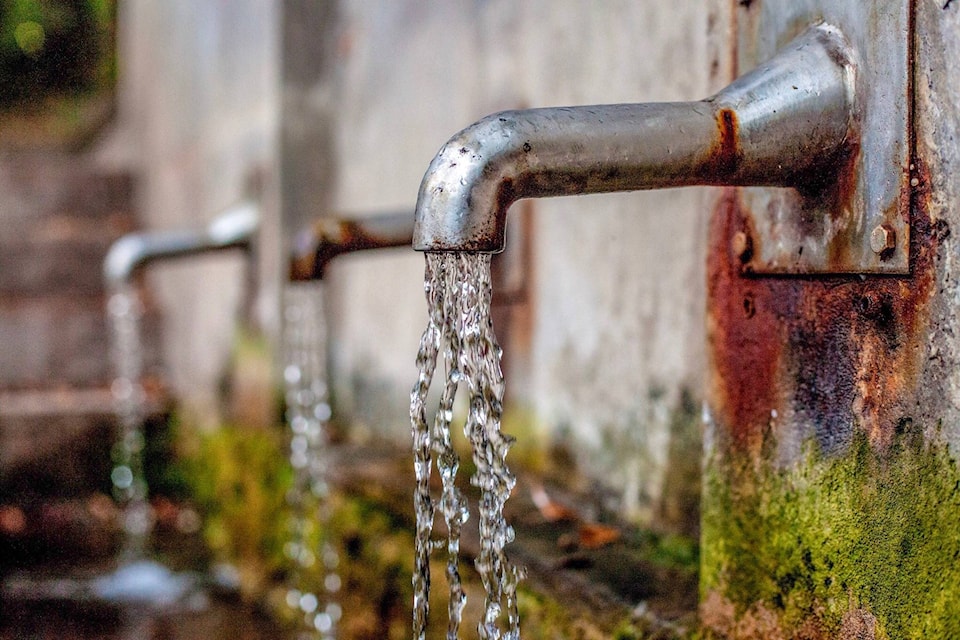I am responding to Mr Alan D Wilson’s letter to the editor in the Aug. 22 edition of the Morning Star. In part of his letter, he suggests taking drinking water from Duteau Creek was a huge mistake and instead, water should have been taken from Okanagan Lake. This decision has been questioned many times and requires additional public information.
It may surprise Mr. Wilson to know that taking water from Okanagan Lakes was the original position of the staff and council at the Regional District of North Okanagan [RDNO]. An independent engineering consultant’s review looked at a number of alternatives, including supplying drinking water from Okanagan Lake. Below are some of the reasons Okanagan Lake was rejected as a source.
To prevent a significant seasonal change in source water quality it is desirable to put a water intake at a significant depth. In this case to escape the majority of the effects of Vernon Creek’s spring flooding, a depth of 60 meters [200 feet] was determined. This depth is only found past the southern tip of Tronson Road which is about 5 kilometers [3 miles] from Kin Beach. This requires a very long very large pipeline to bring water to the water treatment plant. Of great concern, this intake would be beside the City of Vernon’s sewage outfall.
Water from Okanagan Lake requires treatment to meet the drinking water guidelines. While this would not be as big or complex as the Duteau plant, there is still a significant cost. To get water to the treatment plant also requires a large set of pumps. Due to its’ elevation, Duteau does not require pumping.
A pump station and very large long pipeline would be required to get water from the Okanagan Landing water treatment plant to near downtown Vernon. For technical reasons, these pumps must be separate from the pumps feeding the treatment plant. Not only must the original cost of the pumps be considered, but there are very significant electrical operational costs.
Please note that Kelowna’s historical water supply is from Okanagan Lake so much of the costs for Okanagan Lake supply has already been spent. Kelowna is also located beside Okanagan Lake, and deep water is available very close to shore.
The Duteau Creek intake elevation is quite high. For treated water from Okanagan to reach current Duteau customers requires a series of new pump stations and pipelines.
Having two separate source types [upland lakes and valley bottom lakes] provides additional drinking water safety and operational flexibility. The current sources of Duteau Creek and Kalamalka lake provide this. These advantages are lost if Kalamalka Lake and Okanagan lakes were used.
I hope this convinces Mr. Wilson of the wisdom of a water treatment plant on Duteau Creek. It certainly convinced the independent staff from each of the RDNO, the City of Vernon and the District of Coldstream. At least some of the elected councillors of these municipalities reviewed the report as evidenced by their very pertinent questions, and most of them were convinced. The RDNO also hired two independent engineering companies to review the report. Significantly these firms are in competition with the report’s consultant. Please be assured that their review was very rigorous. They too were convinced.
The obvious is not always the best.
Al Cotsworth
